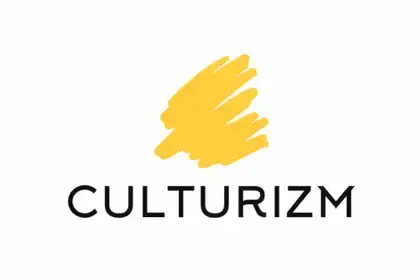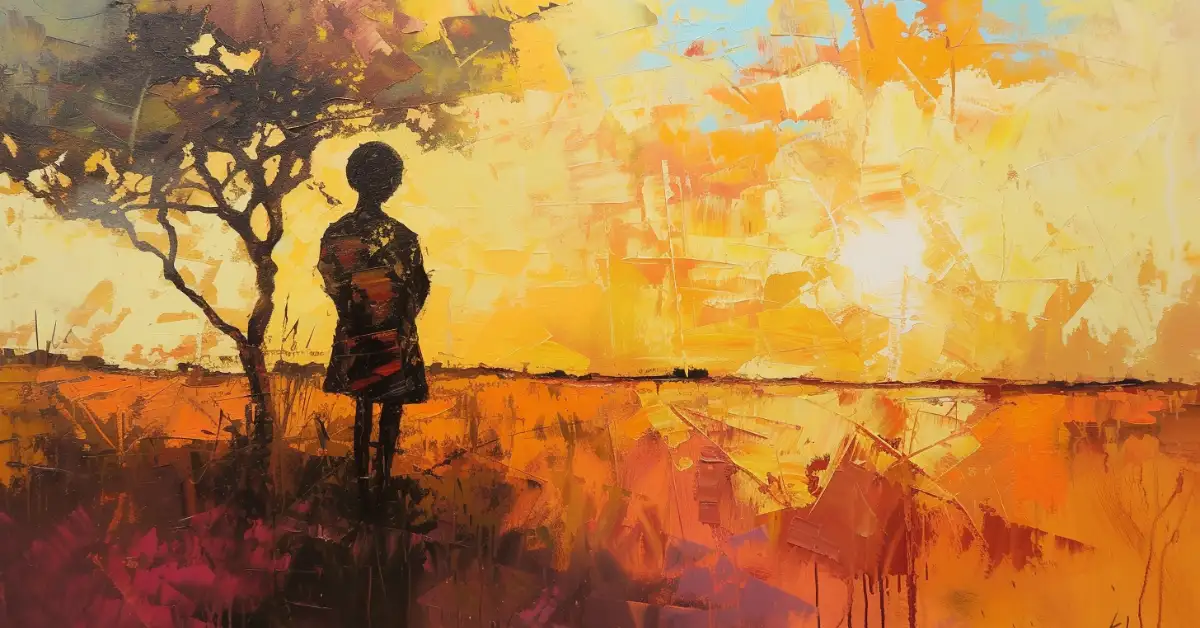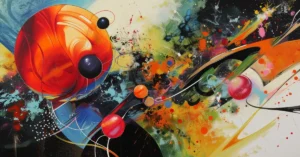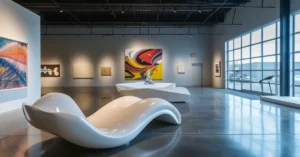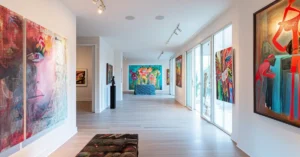Explore the vibrant world of contemporary fine arts, where each piece is a dialogue reflecting our modern society’s pulse. Engage with art that questions, celebrates, and critiques our time, offering both a mirror to our own experiences and a window into others’.
What is Contemporary Fine Art?
When we think of contemporary fine arts, we’re diving into a dynamic and vibrant world that exists here and now. It’s the creative expression that mirrors our current times, where artists are free to explore and reflect on modern-day themes and issues.
| Key Characteristics | Description |
|---|---|
| Timeframe | Emerged in the latter half of the 20th century to the present |
| Media & Techniques | Includes painting, sculptures, photography, installation, and more |
| Subject Matter | Often reflects current events, societal issues, and personal narratives |
| Diverse & Inclusive | Representative of a global perspective and cultural diversity |
Contemporary fine arts are not just about aesthetically pleasing objects; they’re about starting conversations and challenging perceptions. Our artworks can be confrontational or comforting, but they always aim to evoke emotion and provoke thought. By engaging with these works, we become part of a larger dialogue that spans the entire globe.
Materials, Techniques, and Innovation in Contemporary Fine Art
In contemporary fine arts, we’re witnessing an exhilarating fusion of time-honored skills with cutting-edge techniques, embracing a blend of materials that range from the traditional to the unexpected.
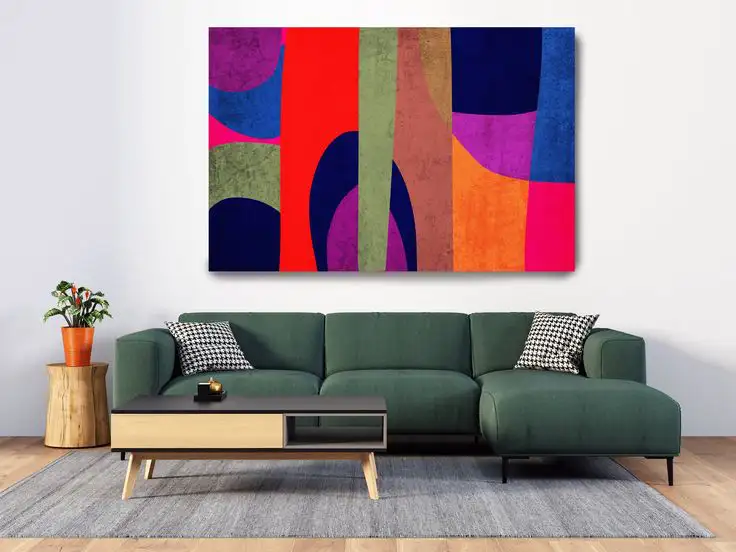
Traditional and Unconventional Materials
Traditional Materials: Artists continue to value classic supports like canvas, paper, wood, and stone. Their durability and ease of sourcing make them perpetually popular.
- Canvas: Preferred for its adaptability and robust texture.
- Paper: Cherished for its flexibility, from watercolor paper to mixed media.
- Wood and Stone: Prized for their natural beauty and longevity.
Unconventional Materials: The modern era sees us incorporating more unconventional elements such as wire, plastic, clay, and even technology itself.
- Wire: Utilized for its pliability and strength in creating intricate sculptures.
- Plastic: Often repurposed for environmental statements or avant-garde installations.
- Clay: Beyond pottery, clay becomes a medium for large-scale sculptures.
Visit ATX Fine Arts for insights into the eclectic mix and dynamic use of these materials in contemporary works.
Technological Advances in Art
Artistic techniques have evolved significantly with the advent of technology.
- Digital Tools: High-tech software for digital painting and sculpting.
- Forming Techniques: 3D printing has revolutionized sculpture and installation art.
- Interactive Installations: Leveraging sensors and code to create art that responds to viewers.
These technological innovations empower us to transcend traditional boundaries and redefine what’s possible in art. For a deeper exploration of how new techniques impact artistic practice, delve into the roles played by perspective and contemporary techniques.
Evolution and Forms of Contemporary Fine Arts
Transitioning from the rigor of Modernism, we’ve witnessed a diverse expansion into what we now celebrate as contemporary fine arts.
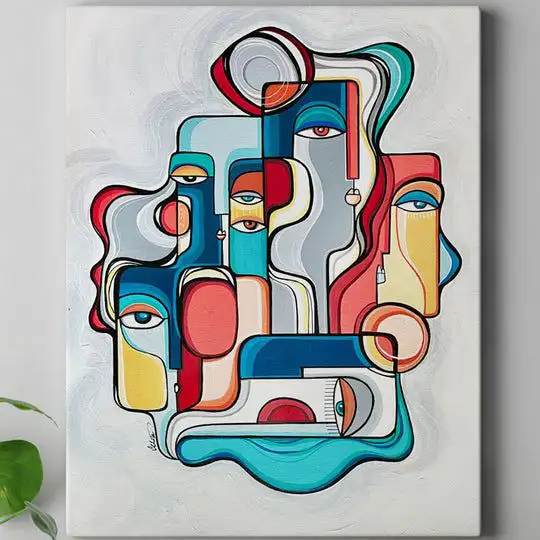
Modernism to Contemporary Art
At the heart of Modern art was a breaking away from traditional styles, paving the way for the myriad forms of contemporary art that we relish today. Paintings once dominated the art scene, but as we stepped into the 20th century, artists began to question and dismantle the very idea of what art could be.
- 1910s-1940s: Artists like Picasso reimagined the canvas with Cubism.
- 1950s-1960s: Abstract Expressionism and Pop Art challenged perceptions further.
By the end of the 20th century, the term “contemporary” began to signify not just current art, but a specific approach grounded in freedom, diversity, and reinterpretation.
Distinct Art Forms and Media
The evolution into contemporary times has welcomed a variety of art forms that push the boundaries of traditional mediums:
- Sculpture: Has evolved from static, representational forms to dynamic, conceptual installations.
- Performance Art: Coupled with the rise of feminism and multiculturalism, it’s become a powerful medium for personal and political expression.
- Video Art and Digital Art: Born from technological advances, these forms leverage the digital realm to craft experiences that were previously impossible.
- Techno: Not just a music genre but an influence on art with digital animations and virtual reality further stretching the canvas of creativity.
Artists continue to harness these mediums to explore and express the complexities of our world. From the use of a paintbrush to digital tablets, contemporary fine arts encompass a glorious array of skills and visions, tailored to reflect our times and spark conversation.
Themes and Representation in Contemporary Fine Art
In the sphere of contemporary fine arts, themes and representation play pivotal roles in shaping the narrative and impact of artworks.
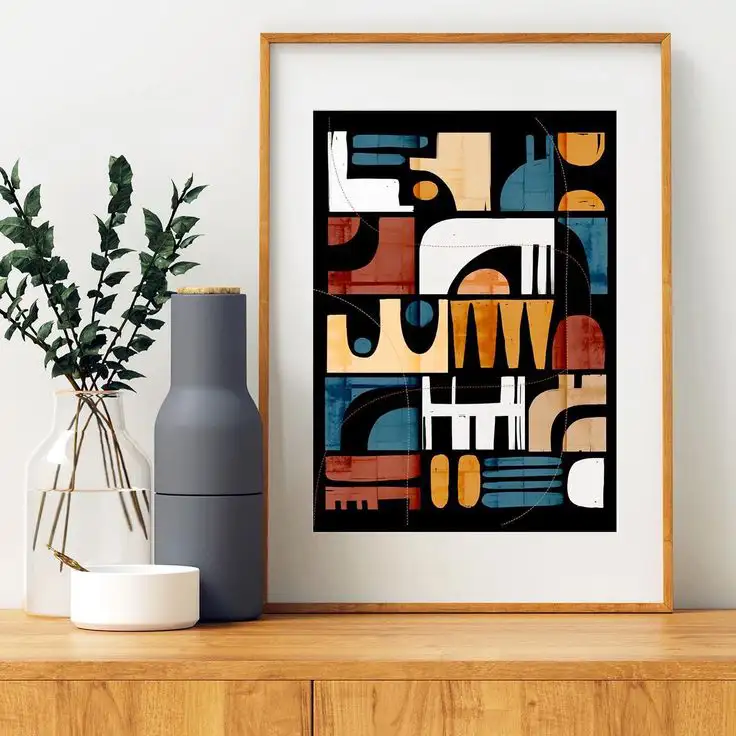
Political and Social Commentary
We see a significant number of contemporary artists tackling subjects like political unrest, equality, and social justice. This branch of art often acts as a reflection of current events, giving a voice to the marginalized and challenging the status quo.
- Political: Artworks may comment on election outcomes, political scandals, or international relations.
- Social Issues: Topics such as climate change, racial inequality, and gender discrimination are commonly explored.
Identity and Community
The notion of identity and our understanding of community is continually being explored and redefined within contemporary fine arts.
- Family: Artists depict various family dynamics, often drawing from personal experiences.
- Women: Feminist art highlights the struggles and strengths of women, pushing for equality and representation.
- Memory & Migration: Through powerful visual narratives, artists share stories of migration and the poignant aspects of memory that shape personal and communal identities.
Artists and Artworks
Contemporary fine arts are as dynamic and varied as the times we live in. We can see this reflected in the works of the genre’s most iconic artists and their influential pieces.
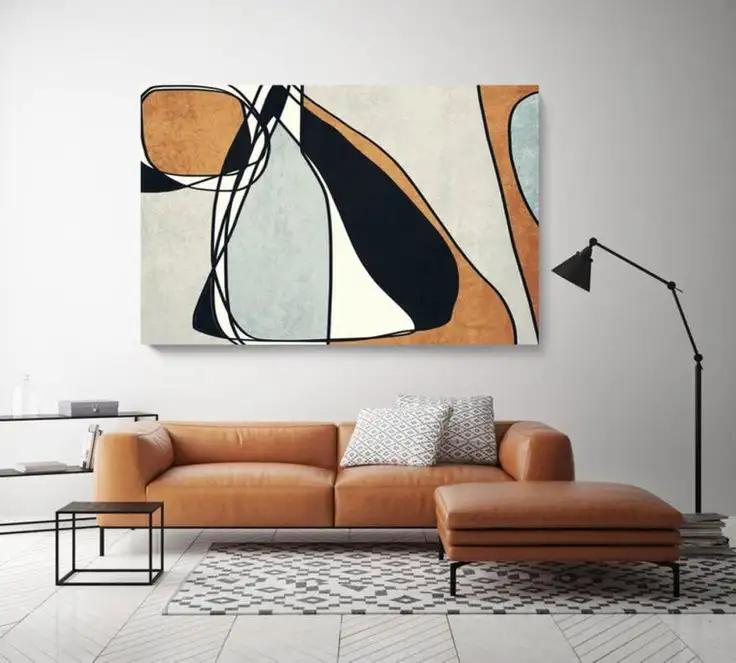
Iconic Contemporary Artists
- Andy Warhol: Pop Art pioneer, challenged notions of art and celebrity
- Damien Hirst: Conceptual art and installations with often provocative themes
- Keith Haring: His vibrant work bridged street art and fine art
- Banksy: Street art with a distinctive satirical and political edge
- Jeff Koons: Known for reproducing banal objects and oversized sculptures
- Roy Lichtenstein: His comic strip style redefined the imagery of pop culture
Emblematic Artworks and Series
- Gerhard Richter: Captures emotion through both photorealism and abstraction
- Jenny Holzer: Explores the delivery of words and ideas in public spaces
- Jean-Michel Basquiat: Graffiti-inspired works that speak to deeper social narratives
The pieces created by these artists have pushed the boundaries and opened dialogues that continue to resonate through the contemporary artistic landscape. They urge us to see beyond the canvas and embrace the provocations and insights offered by contemporary fine arts.
Global Art Scene and Institutions
Contemporary fine arts have never been more vibrant and intertwined globally than they are today. From iconic museums to influential galleries.
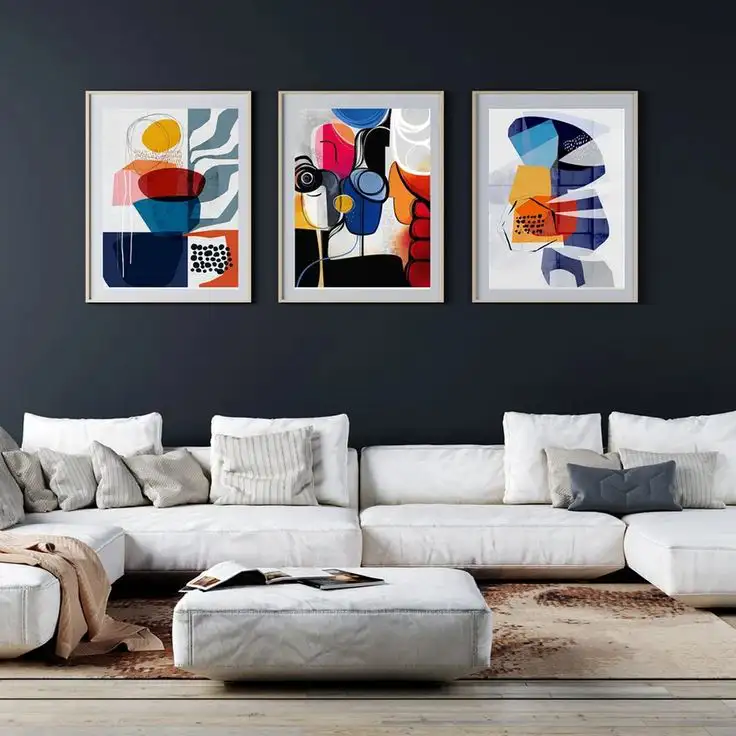
Influential Museums and Galleries of Contemporary Fine Arts
We’re witnessing an era where museums like the Guggenheim Museum and the Museum of Modern Art in New York not only showcase groundbreaking art but also set the global contemporary art narrative. Galleries have adapted as well, ensuring artists’ works transcend local boundaries and resonate worldwide.
- Guggenheim Museum: A bastion for modern art, holding transformative exhibitions.
- Museum of Modern Art (MoMA): Constantly redefining contemporary art, it’s an institution that drives artistic discourse.
Art Fairs and Shows
Each year, art fairs and shows such as The Armory Show and Art Basel bring together galleries, collectors, and art lovers, creating a bustling marketplace for contemporary art. They are crucial for discovering new talent and setting trends in the art world.
- The New York Times celebrated fairs that you shouldn’t miss.
- Shows: They have become the heartbeat of art transactions and public engagement.
Art Schools and Education
Behind every great movement in contemporary art, some institutions shape the visionaries. Art schools globally, like the Royal College of Art or the Rhode Island School of Design, offer education that nurtures creativity and critical thinking, essential for the success of future artists and curators.
- Royal College of Art: Leading the charge in avant-garde art education.
- Rhode Island School of Design: Marrying tradition with contemporary practices.
Contemporary Fine Art in Every Room
We’re excited to immerse you in the transformative power of contemporary fine arts, perfectly curated to enhance each room in your home with vibrant aesthetics and thought-provoking designs.
Kitchen
Artwork Types: Installations & Sculptures
Mood: Energizing
In our kitchens, where we begin our days, contemporary artworks serve as a source of inspiration. We recommend lively sculptures or functional art pieces that not only complement our morning routines but also energize the space.
| Material | Artwork Example | Color Scheme |
|---|---|---|
| Stainless Steel | Geometric Fruit Bowl | Silver, Chrome |
| Ceramic | Abstract Vase | Bright, Glazed Colors |
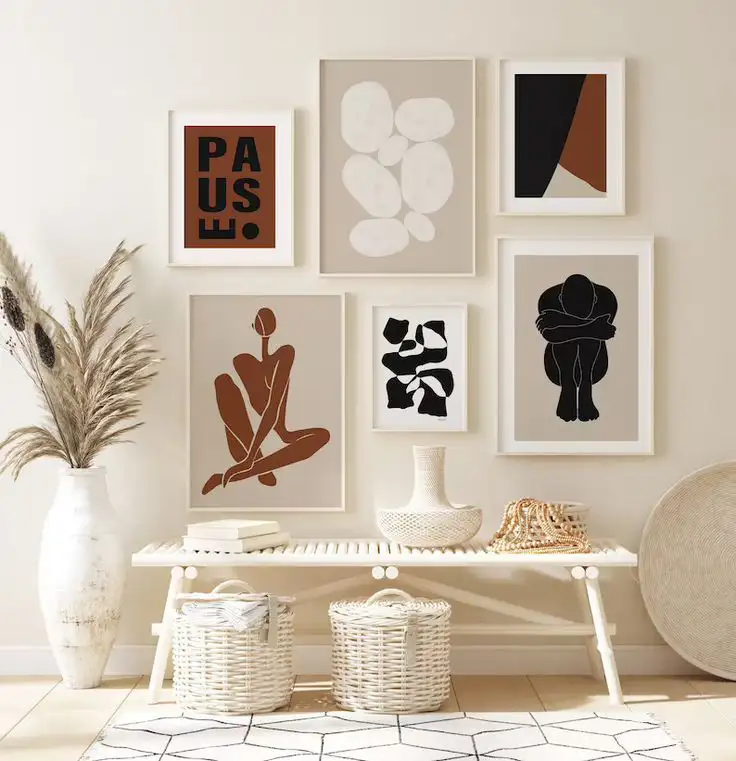
Living Room
Artwork Types: Large-scale Paintings & Mixed Media
Mood: Inviting
Our living rooms, where guests are hosted and families gather, call for impactful contemporary pieces. Large-scale paintings or mixed media works create an inviting atmosphere, sparking conversation and admiration.
| Art Style | Artwork Example | Texture |
|---|---|---|
| Abstract | Oversized Canvas Art | Thick, Impasto Techniques |
| Pop Art | Cultural Commentary Pieces | Glossy, Flat Surfaces |
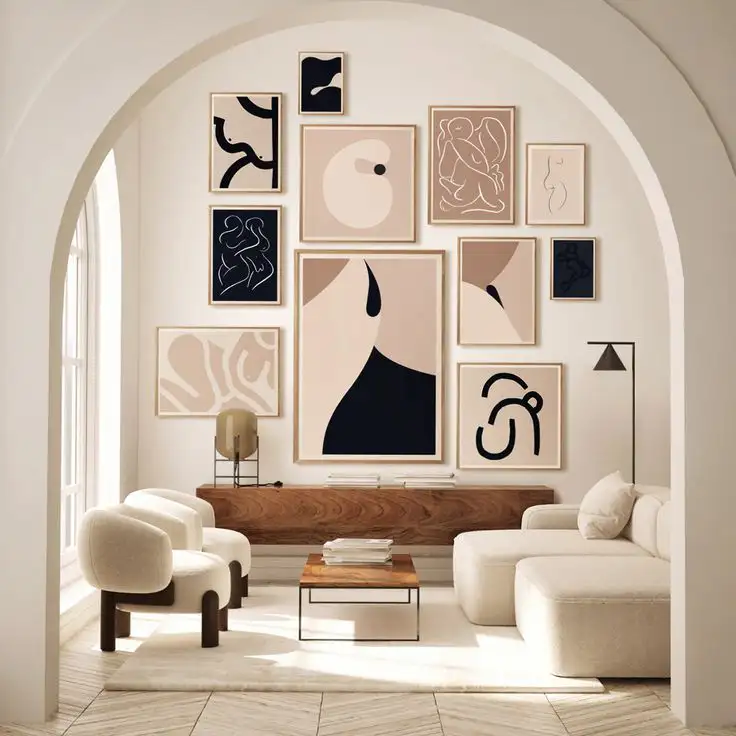
Dining Room
Artwork Types: Photography & Prints
Mood: Reflective
Within our dining rooms, where we share meals and stories, contemporary fine arts foster a reflective ambiance. Limited edition prints or evocative photography can stimulate engaging dinner discussions.
| Theme | Artwork Example | Presentation |
|---|---|---|
| Culinary Landscapes | Framed Gastronomic Photographs | Matted, Under Glass |
| Abstract Geometry | Patterned Linocut Prints | Mounted, Unframed |
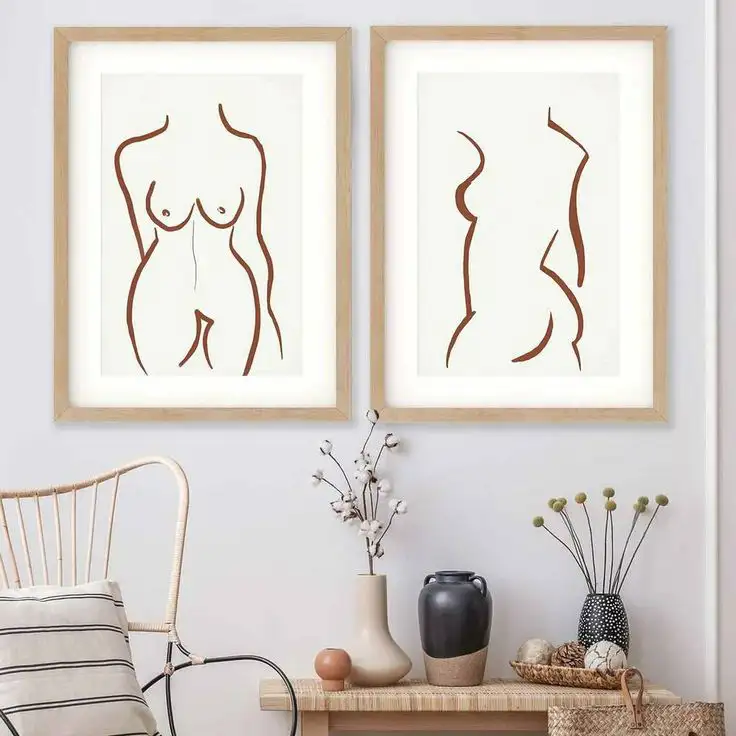
Bathroom
Artwork Types: Water-resistant Installations & Tactile Textiles
Mood: Tranquil
Our bathrooms transform into tranquil sanctuaries with contemporary fine arts that resist humidity. Small installations or tactile wall textiles can add to the sensory experience of relaxation and self-care.
| Material | Artwork Example | Color Scheme |
|---|---|---|
| Tile Mosaic | Abstract Wall Piece | Cool Tones & Whites |
| Waterproof Canvas | Serene Nature Scenes | Pastels & Blues |
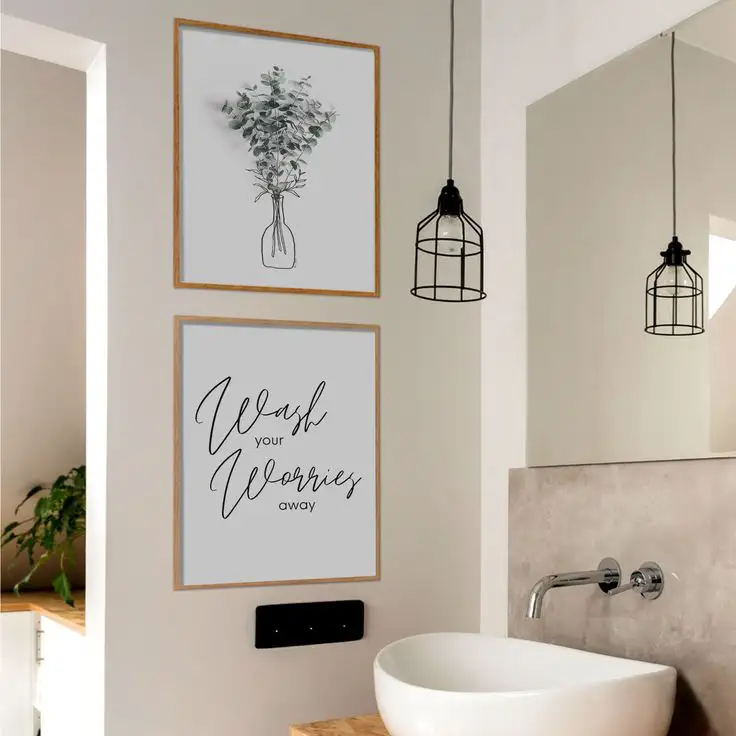
Bedroom
Artwork Types: Soft Illustrations & Intimate Pieces
Mood: Soothing
In our bedrooms, we seek comfort and soothing visuals from contemporary fine arts. Soft illustrations or intimate artwork collections reflect our personal narratives, contributing to restful nights.
| Subject | Artwork Example | Presentation |
|---|---|---|
| Dreamscapes | Whimsical Ink Drawings | Framed, with Ambient Lighting |
| Portraits | Small-scale Oil Paintings | Gallery Wall Arrangement |
Each room in our home deserves a touch of contemporary fine arts that resonates with our personal tastes and enhances our everyday experiences.

FAQ – Contemporary Fine Art
What is contemporary fine arts?
Contemporary fine art is art made today by living artists, reflecting the complex issues of our diverse, global, and technologically advancing world.
What type of questions are asked in fine arts?
In fine arts interviews, questions may focus on an artist’s style, influences, techniques, and the evolution of their work, as well as how their work fits within the contemporary art scene.
What does balance mean in art?
Balance in art refers to the distribution of visual weight in a composition, ensuring the artwork feels stable and aesthetically pleasing. It can be symmetrical, asymmetrical, or radial, contributing to the overall harmony of the piece.
What is shape of art?
Shape in art is an enclosed space defined by boundaries such as lines, colors, or textures. Shapes can be geometric, like squares and circles, or organic, resembling objects found in nature with irregular, free-form contours.
Should you find this blog post on “Contemporary Fine Art” enjoyable, please take a moment to share your thoughts with us in the comment section below. We’d love to hear about your experience!
If you want to keep reading more from us, have a look at these articles.
